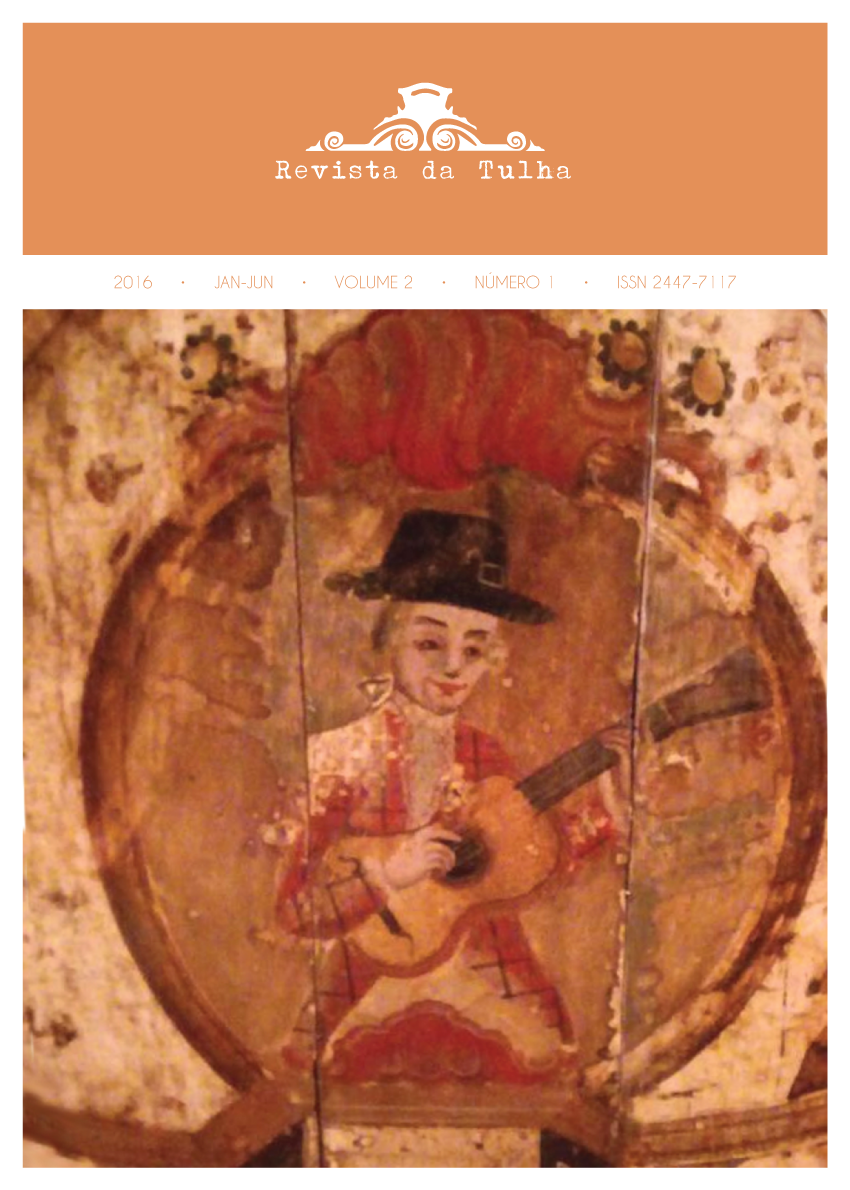A viola e suas metalinguagens: notação do gesto e aprendizado não formal
DOI:
https://doi.org/10.11606/issn.2447-7117.rt.2016.125391Keywords:
the notation of the musical gesture on the fingering strings, tabs, musical alphabet or mixed tablatures, the practice of "basso continuo", other forms of notation of musical gesture, Modalities of learning, the music in the Brazilian universityAbstract
The learning of musical notation has been historically associated with the privileged strata of society, as described by the widely known texts of Music History and Musicology. We certainly address it as an excerpt from the musical production as the popular practice exceeds, in large number, the elite ones. The historical survey of musical documentation sources used in this bibliography delt exclusively with conventional musical notation and on a large scale, with manuscripts and publications up to the late nineteenth century. With the institutionalization of musical learning and the foundation of the conservatories, came the demand for textbooks that standardized musical knowledge. On the other hand, plucked strings and especially the guitars, served the musical production from all the society strata, ever since its Arab origins, to the spread across Europe and its colonies. His learning was through non-formal ways, either by oral or nonliterate tradition, or other forms of literacy (possibly the cause of its enormous popularity) wich were disregarded on those educational publications, except for short quotations to the lute and the vihuelas. The institutionalization of these instruments occurred very late in relation to those of the orchestra and the piano. From the representations used in formal literacy and non-formal ones, the musical notation of plucked strings instruments include the notation of gestures in a system of signs known as tablature, whose earliest records date back to the late fifteenth century, and Alphabeto Musical or mixed tablatures (much used in the XVIIth and XVIIIth centuries). The tablature notation is widely used in informal ways of learning plucked strings instruments nowadays. The specificity of such a system promoted the obliteration of these historical records on textbooks and all formal literacy until recently. The Brazilian university has not brought them to light.Downloads
Download data is not yet available.
Downloads
Published
2016-06-16
Issue
Section
Conferência
License
Authors retain copyright and grant the journal the right to first publication, with the work licensed under the Creative Commons Attribution License CC-BY-NC:
This work is licensed under a Creative Commons Attribution 4.0 International License.
How to Cite
Nogueira, G. (2016). A viola e suas metalinguagens: notação do gesto e aprendizado não formal. Revista Da Tulha, 2(1), 119-143. https://doi.org/10.11606/issn.2447-7117.rt.2016.125391



